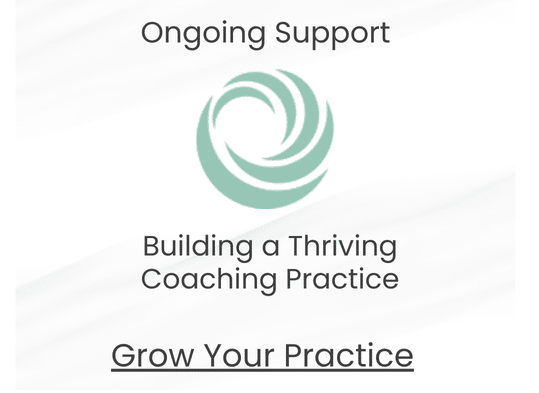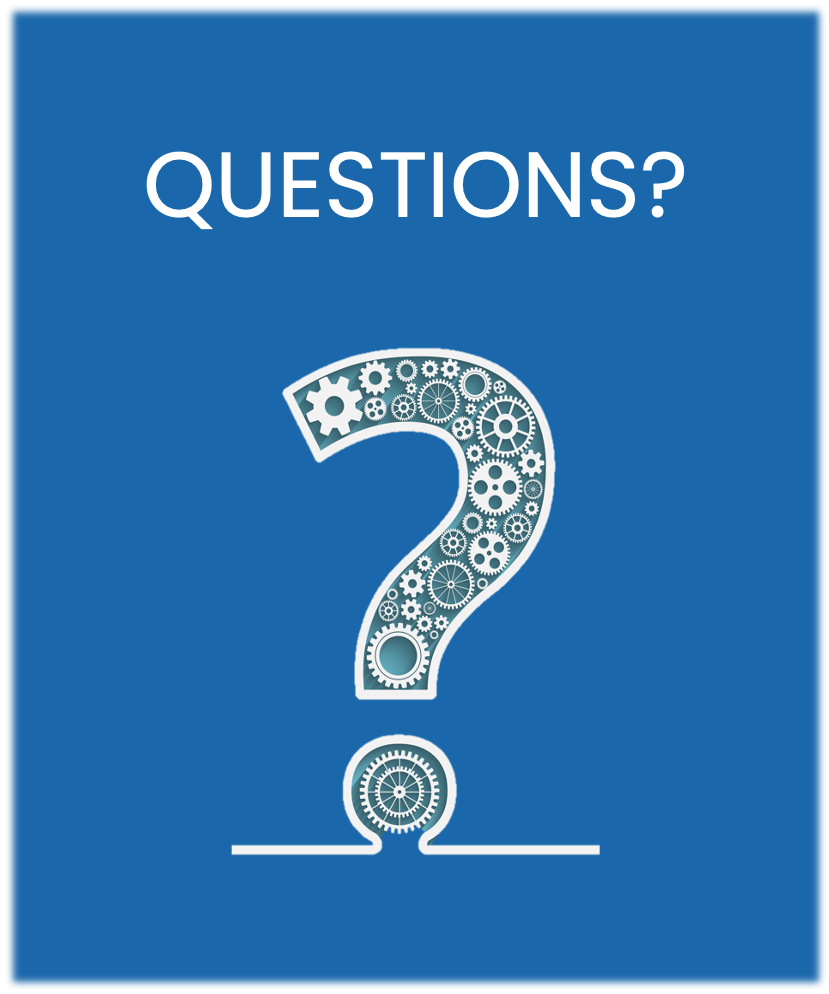by Megan McDonough
In the northeast corner of the United States, where I live, it’s a time of beginnings and endings. The kids are off to school, the summer sun is waning, and little bits of color on the leaves hint at the fall foliage to come. In seasons of transition, as in life, it’s easy to notice what we’re losing. Yet, all along the way, nature shows us the brilliance of letting go and the transformation that comes from continuing on and starting anew.
In her short book The Sense of Wonder, originally written as an essay, Rachel Carson writes,
For most of us, knowledge of our world comes largely through sight, yet we look about with such unseeing eyes that we are partially blind. One way to open your eyes to unnoticed beauty is to ask yourself, “What if I had never seen this before? What if I knew I would never see it again?”
Look around you right now. Stop reading and look. What if you had never seen this place before? Or knew you would never see it again?
As you looked around, nearly one-third of your brain kicked into action—a huge part of your brain is dedicated to perception. The eyes act like a camera, with the lens in front and photosensitive cells in back that fire when light hits them, sending a signal through the optic nerve. Then the brain takes over, turning the light signal into neural activity through billions of neurons and trillions of synapses. It’s here, in the bursts of neural networks, where sight really occurs. What you see is not what you get. What you see as reconstructed by the brain is what you get.
Neuroscience tells us that we don’t see reality as it is; we see reality as reconstructed by the brain.
I just did that exercise for myself, looking around my room as if I had never seen it before, then as if I never would see it again. I noticed the warmth and love I feel for my home. Everything I laid eyes on had a story embedded within it … the Native American pottery from a dear friend, the oil painting created by my mother-in-law, the mess on my dining room table from my husband’s attempt at organization. I was unsuccessful in looking at the room as if I had never seen it before; each glance instantly gave rise to a backstory. I could, however, bring into my awareness the bittersweet feelings that arose with the thought of never seeing it again.
How does this exercise color your experience in this moment? If our brains reconstruct our reality, as neuroscience reveals, then can we consciously skew that reality toward the positive, toward appreciation for all that surrounds us?
Here’s what Rachel writes in that same essay:
“Exploring nature . . . is largely a matter of becoming receptive to what lies all around you. It is learning again to use your eyes, ears, nostrils and fingertips, opening up the disused channels of sensory impression.”
Here’s to finding a renewed sense of wonder with everything your eyes, heart, head, and hands touch.
Megan McDonough is CEO of Wholebeing Institute, an educational organization co-founded with Dr. Tal Ben-Shahar. WBI is committed to spreading ideas and practices that can help individuals and groups live life to its fullest.
Click here for a course listing.










